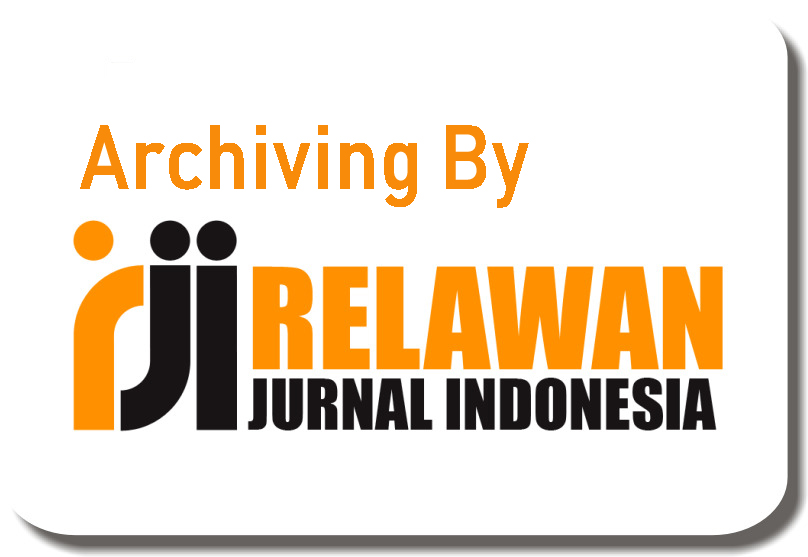Voice of Resistance: Feminist Stylistic Analysis in the Film Wolfwalkers 2020
Abstract
Keywords
Full Text:
PDFReferences
Biasini, N. (2019). Pergeseran representasi feminitas dalam film animasi Disney Princess. Widyakala Journal, 5(2), 45–52. https://doi.org/10.36262/widyakala.v5i2.113
Bucholtz, M. (2003). Theories of discourse as theories of gender. In J. Holmes & M. Meyerhoff (Eds.), The Handbook of Language and Gender (pp. 43–68). Blackwell Publishing.
Cameron, D. (1998). The feminist critique of language: A reader (2nd ed.). Routledge.
Daemesya, H. G., Anjani, A., & Syafitri, N. (2023). A feminist stylistics analysis in Taylor Swift’s song “The Man.” Journal of Literature Language and Academic Studies, 2(3), 86–91. https://doi.org/10.56855/v2i03.849
http://jptam.org/index.php/jptam/article/view/16288
https://archive.org/details/feministcritique0002unse Coates, J. (1986). Women, men and language. Longman.
https://archive.org/details/frombeasttoblond00warn_0/page/n13/mode/2up
https://archive.org/details/womenmenlanguage0000coat
https://doi.org/10.32734/lingpoet.v3i2.8699
https://doi.org/10.35760/jll.2024.v12i1.9892
https://ejournal3.undip.ac.id/index.php/interaksi-online/article/view/24169 Talbot, M. (2020). Language and Gender (3rd ed.). Routledge.
https://eprints.dkit.ie/id/eprint/897/1/PhD_D00190464_07_11_24.pdf Mills, S. (1995). Feminist stylistics. Routledge.
https://www.ebooks.com/en-us/book/209913216/language-and-gender/mary-talbot /
Hutasuhut, A. H., & Rangkuti, R. (2022). A feminist stylistic analysis in Jessica Knoll’s novel Luckiest Girl Alive. LingPoet: Journal of Linguistics and Literary Research, 3(2), 13–21.
Kaplan, E. A. (1983). Women and film: Both sides of the camera. Methuen.
Litosseliti, L. (2006). Gender and language: Theory and practice. Routledge.
Malone, L. (2024). A critical examination of otherness in Cartoon Saloon’s Irish folklore trilogy [Doctoral dissertation, Dundalk Institute of Technology].
Parinduri, A. F., Arella, L., Manalu, C., & Alfia, F. (2024). A feminist stylistic in the poem ‘Menulis’ by Wikan Satriati. Jurnal Pendidikan Tambusai, 8(2), 25788–25797.
Simanjuntak, W. O., Saragih, S. E., Sihotang, T., & Rangkuti, R. (2024). A feminist stylistic analysis: Women leadership of Little Mix feat Nicki Minaj’s lyrics song " Women Like Me." Journal of Language and Literature, 1(12).
Sujatmoko, M. R., & Widagdo, M. B. (2019). Representasi kekuasaan perempuan dalam film The Incredibles 2 . Interaksi Online, 7(3), 123–132.
Warner, M. (1995). From the Beast to the Blonde: On Fairy Tales and their Tellers. Farrar, Straus and Giroux.
DOI: https://doi.org/10.31004/jele.v10i3.817
Refbacks
- There are currently no refbacks.
Copyright (c) 2025 Murni Nur Fitriyani, Wahyu Ningsih, Rahmadsyah Rangkuti

This work is licensed under a Creative Commons Attribution-ShareAlike 4.0 International License.



